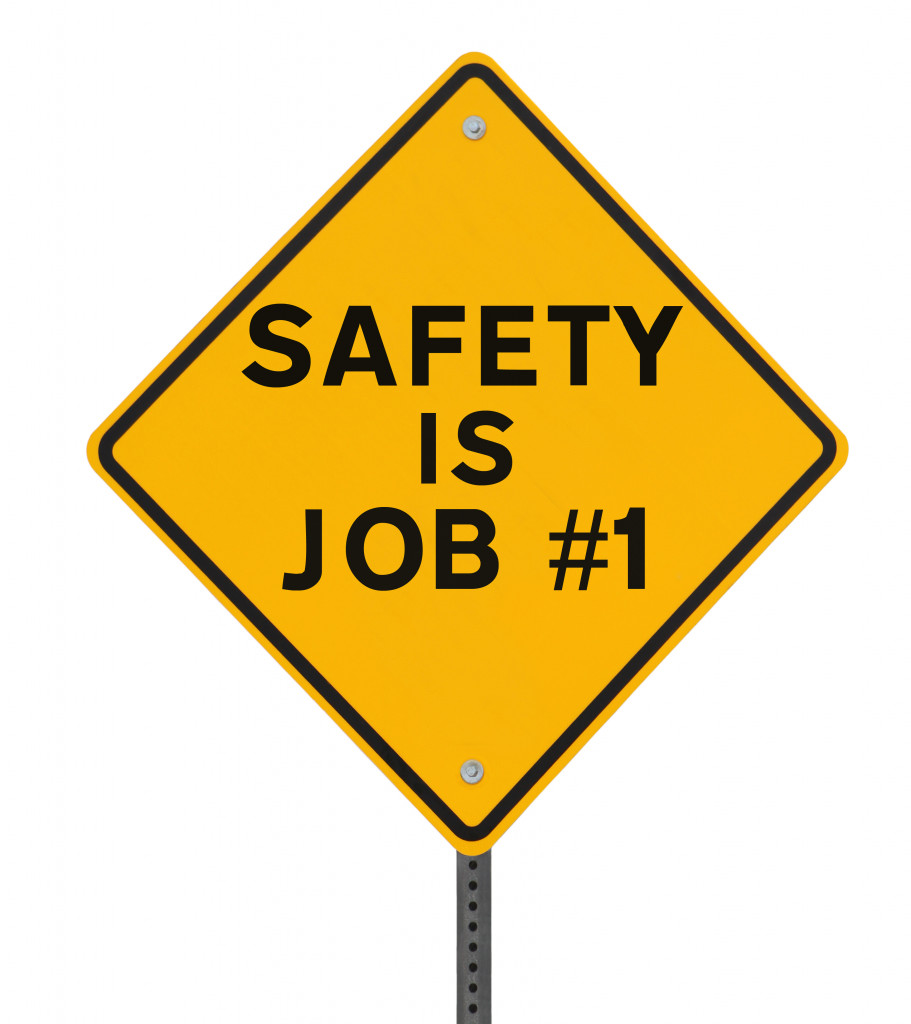Your company’s employees are some of your most important assets. By promoting employee safety in the workplace, companies can not only ensure their own longevity but also keep morale high by providing a safe work environment. If workers are put in danger due to a lack of safety equipment, procedures, or rules, they will most likely start looking for work elsewhere. Without proper risk management processes in place, fatalities caused by accidents can affect productivity and turnover rates, resulting in personal injury or wrongful death cases. If your employees feel like their well-being is valued and they are safe at all times on the job site, there’s a better chance they’ll appreciate their employer.
Promoting employee safety in the workplace doesn’t have to be complicated, but it does take time, patience, and effort. There are several ways your company can promote safety among its workforce. Some of the ways include the following:
1. Conducting a Job Hazard Analysis
A “Job Hazard Analysis” is performed in order to identify, assess, and control the potential safety hazards faced by your employees when they are at work. By creating a list of all possible occupational hazards that could be present during an employee’s workday, employers can have their workers take any necessary precautions to prevent accidents from occurring.
2. Implementing Safety Rules and Regulations
All worksites should be equipped with clearly visible safety signs that display the rules employees are expected to abide by at all times. If your company doesn’t already have a list of safety rules in place, now is the time to create one! When creating a list of regulations, it’s important to keep the following points in mind:
- Your safety rules should be specific and detailed.
- Your safety rules should list consequences for failure to comply with them.
- The consequences should only occur if it is absolutely necessary. Too many fines will end up leaving your pockets empty, but on the opposite extreme, you also don’t want to be too lenient when it comes to safety in the workplace.
3. Eliminating Hazardous Materials
Any materials that are deemed hazardous by the Occupational Safety and Health Administration (OSHA) must be immediately removed, disposed of, or locked away in order to prevent employees from being exposed to them. This is especially important if various chemicals are being used within the workspace.
The best way to eliminate hazardous materials is by having storage units or locked cabinets installed in restricted areas that employees aren’t allowed to access without permission from higher-level management. This ensures all potentially dangerous products are kept out of harm’s way until they can be removed or disposed of appropriately.
4. Investing in the Right Safety Equipment
There are many different safety products available on the market today. Before investing in any type of equipment, it’s important to determine which items your employees need most. Some common types of safety equipment include:
- Rope and harnesses- used by construction workers to prevent falls when working at heights.
- Fall protection- guards employees against falls and allows them to safely work on scaffolding.
- Traffic barrier- used for crowd control and preventing vehicles from accessing restricted areas.
- Flashlights- you never know when you’ll need a flashlight, so it’s important to make sure your employees have access to one at all times.
- Fire extinguishers- fire extinguishers can be placed anywhere in your workspace, including the restrooms.
5. Regularly Conducting Safety Inspections
You can’t expect to promote safety in the workplace unless you’re actually paying attention to the areas that need improvement. A great way of knowing which areas could use improvement is by conducting regular inspections of all worksites within your company at least once a month.
6. Availing the Appropriate Insurance for Your Business

Before starting any company, you must be aware of the various types of insurance your business will need. If you plan on using heavy machinery or equipment for production purposes, investing in comprehensive coverage is strongly advised. This type of policy provides protection against bodily injury and property damage that may result from the use of specific tools or machines.
A comprehensive coverage policy also ensures that injuries suffered by employees will be covered under the terms of your policy agreement. This is important, as most types of employee injury claims can be quite costly and time-consuming to deal with on your own.
There are countless ways to promote employee safety in the workplace. Some of these methods may seem a bit time-consuming, but they’re worth it if all your employees come home safely at the end of each workday. It’s important to understand that safety isn’t just an issue that concerns people who work in particularly hazardous professions. No matter what industry you’re involved in, injuries can be caused by even the simplest of tasks — which is why all businesses must do everything they can to keep their employees out of harm’s way whenever possible

